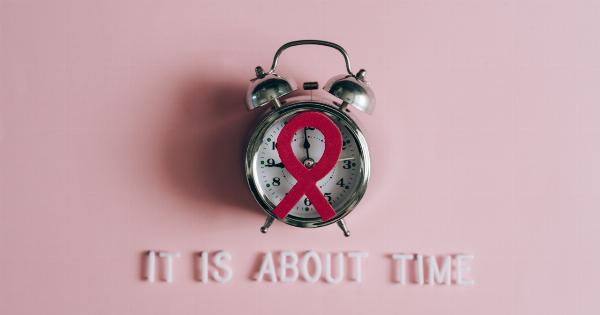Stress is a common phenomenon experienced by individuals across the globe. While both men and women experience stress, research suggests that women may be more susceptible to higher stress levels in certain situations.
In this article, we will explore the various factors that contribute to elevated stress levels in women and understand when they are most likely to experience them.
1. Puberty and Adolescence
Puberty marks a significant phase of development in a girl’s life. Hormonal changes, societal expectations, and physical transformations during this period can contribute to heightened stress levels.
Adolescence can be a challenging time as girls face academic pressure, body image issues, changes in friendships, and hormonal imbalances, leading to stress.
2. The Transition to Adulthood
As women transition from adolescence to adulthood, they often face increased responsibilities and pressure. College or job applications, financial independence, making important life decisions, and building careers can all lead to higher stress levels.
Balancing academic or professional commitments with personal life can be overwhelming, resulting in stress.
3. Relationship and Family Struggles
Women often experience stress due to relationship issues and family pressures. Maintaining healthy relationships, dealing with conflicts, managing household responsibilities, and raising children can all be demanding.
The juggling act of balancing work and family life can further contribute to stress, especially in societies with traditional gender roles.
4. Pregnancy and Childbirth
Pregnancy and childbirth bring about significant physical and emotional changes in a woman’s body.
Hormonal fluctuations, physical discomfort, mood swings, concerns about the health of the baby, and anxieties related to parenting can all contribute to heightened stress levels during this period. Additionally, financial concerns and societal expectations can add to the stress associated with pregnancy and childbirth.
5. Menopause
The transition into menopause can be a challenging time for many women. Hormonal changes during this phase can lead to various physical and emotional symptoms, including hot flashes, mood swings, sleep disturbances, and anxiety.
These changes can also affect relationships and may contribute to higher stress levels.
6. Work-Life Imbalance
Many women struggle with achieving a satisfactory work-life balance. Juggling demanding careers with familial responsibilities can lead to chronic stress.
The pressure to excel in both professional and personal spheres can be overwhelming, and societal expectations often add to this burden.
7. Caregiving Responsibilities
Women are typically more involved in caregiving roles, whether it be for children, aging parents, or other family members. These responsibilities require immense emotional and physical energy, often leading to increased stress levels.
The constant demands of caregiving can leave women with little time for self-care and relaxation.
8. Gender Inequality and Discrimination
Women have historically faced systemic gender inequality and discrimination both in personal and professional spheres. This ongoing battle for equal rights and opportunities can contribute to heightened stress levels.
Dealing with workplace discrimination, the wage gap, and societal prejudices can lead to chronic stress and impact overall well-being.
9. Mental Health Disorders
Studies indicate that women are more likely to experience mental health disorders such as anxiety and depression compared to men. These conditions often increase stress levels and impact daily functioning.
The stigma surrounding mental health can also add to the stress experienced by women, as seeking help may be seen as a sign of weakness.
10. Aging
As women age, they may face several stressors related to physical changes, declining health, caregiving responsibilities, and financial concerns.
The fear of aging and societal pressures to maintain a youthful appearance can add to the stress experienced during this stage of life.
Conclusion
Women experience heightened levels of stress throughout various stages of their lives due to a combination of biological, societal, and psychological factors.
Understanding these triggers allows us to provide support, create awareness, and implement strategies to help women effectively manage and reduce stress levels. By addressing these stressors, we can work towards fostering healthier, happier lives for women.


























